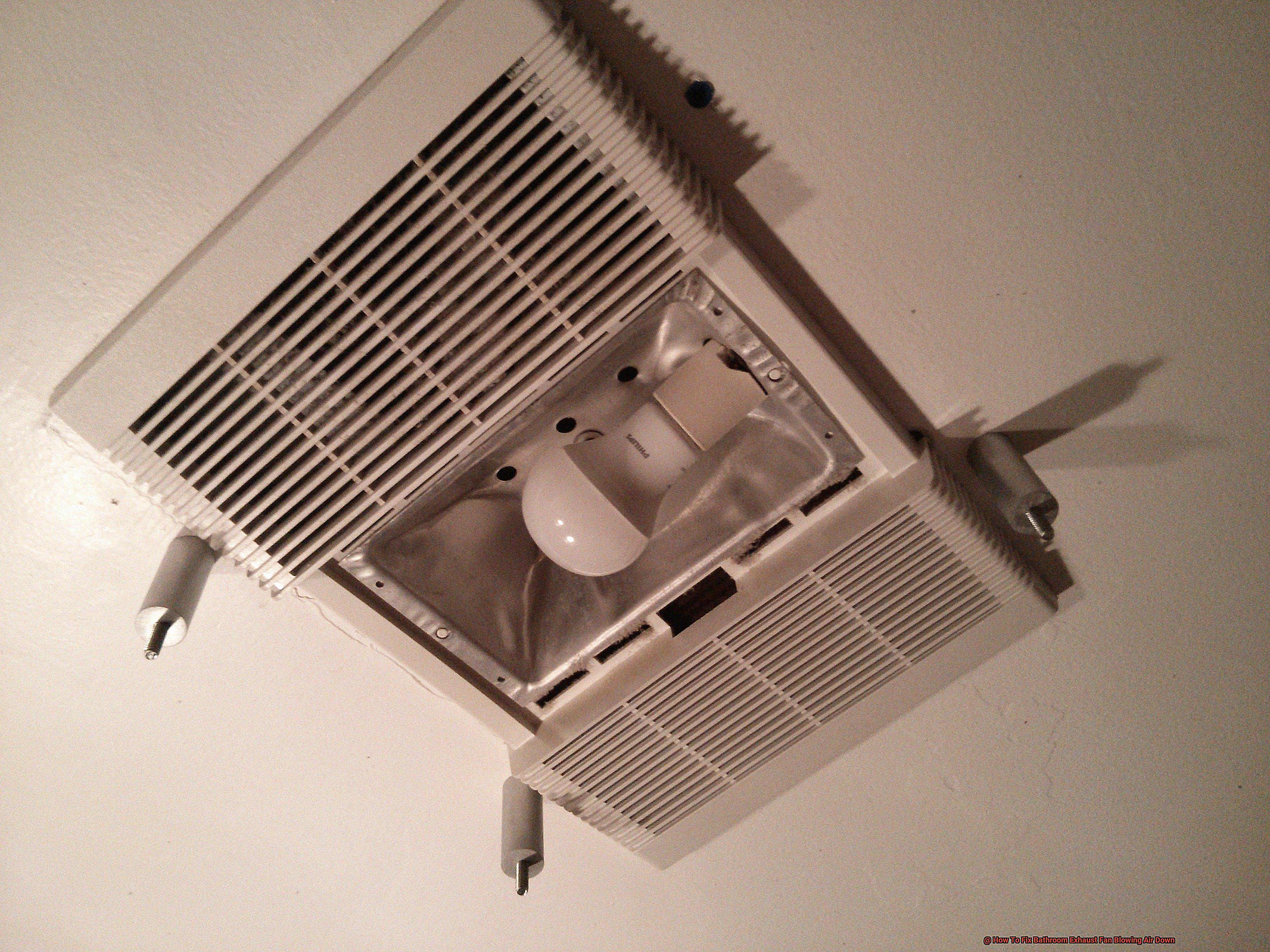Upgrade Benefits: Upgrade Bathroom Exhaust Fan

Upgrade bathroom exhaust fan – Upgrading your bathroom exhaust fan can bring a host of benefits, transforming your bathroom into a healthier and more comfortable space.
As you embark on the practical task of upgrading your bathroom exhaust fan, consider the enchanting allure of antique home decor. Let the patina of time and the intricate details of bygone eras inspire your choice of fan, seamlessly blending the functional with the aesthetically captivating.
With its subtle hum, the exhaust fan becomes a whisper from the past, gently circulating air while preserving the timeless beauty of your antique sanctuary.
An upgraded exhaust fan significantly enhances ventilation, whisking away moisture and stale air. This improved airflow helps reduce humidity levels, creating a less hospitable environment for mold and mildew. In turn, it safeguards your bathroom from the associated health risks, such as respiratory problems and allergies.
Improved Air Quality
The enhanced ventilation provided by an upgraded exhaust fan also plays a crucial role in improving air quality. It effectively removes pollutants, odors, and airborne contaminants, leaving your bathroom with fresher, cleaner air. This improved air quality can alleviate respiratory issues, reduce the risk of headaches, and promote overall well-being.
Fan Selection
Selecting the appropriate exhaust fan for your bathroom requires careful consideration of several factors, including the bathroom’s size and layout. Understanding these factors will ensure you choose a fan that effectively removes moisture and odors, creating a comfortable and healthy environment.
The key factor to consider is the fan’s CFM (Cubic Feet per Minute) rating, which measures the volume of air it can exhaust. For bathrooms up to 100 square feet, a CFM rating of 50 to 80 is generally sufficient. For larger bathrooms or those with multiple fixtures, a higher CFM rating is recommended.
Noise Level
Consider the noise level of the fan, especially if your bathroom is small or frequently used. Look for fans with a Sone rating of 2.0 or less, which indicates a quieter operation.
Features, Upgrade bathroom exhaust fan
Some exhaust fans offer additional features that can enhance their functionality. Humidity sensors automatically activate the fan when moisture levels rise, while timers allow you to set the fan to run for a specific duration after you leave the bathroom. These features can help improve ventilation and reduce energy consumption.
Installation Considerations

Upgrading your bathroom exhaust fan is a crucial step in ensuring optimal ventilation and preventing moisture buildup. The installation process involves several key considerations, including safety precautions, wiring diagrams, ductwork, mounting options, and electrical connections.
Before embarking on the installation, it is essential to prioritize safety by wearing appropriate protective gear, such as gloves, safety glasses, and a dust mask. Ensure the power supply to the bathroom is turned off at the circuit breaker or fuse box.
Wiring Diagrams
The wiring diagram for your exhaust fan will vary depending on the specific model and electrical system in your home. Typically, the fan will have three wires: black (hot), white (neutral), and green or bare copper (ground). These wires need to be connected to the corresponding wires in the electrical box using wire nuts or other approved connectors.
If you are unsure about the wiring, it is advisable to consult an electrician for assistance. Improper wiring can lead to electrical hazards, including shocks, fires, or damage to the fan.
Ductwork
The exhaust fan should be connected to a duct that leads to the outside of the house. The ductwork should be made of a durable material, such as galvanized steel or aluminum, and should be sized appropriately for the fan’s airflow capacity.
The duct should be as straight as possible, with minimal bends or obstructions. Bends in the ductwork can reduce the fan’s efficiency and increase noise levels.
Mounting Options
Exhaust fans can be mounted in the ceiling, wall, or window. The mounting method will depend on the specific fan model and the construction of your bathroom.
For ceiling-mounted fans, it is important to ensure that the ceiling joists can support the weight of the fan. Wall-mounted fans are typically installed on an exterior wall, while window-mounted fans are inserted into a window opening.
Electrical Connections
Once the fan is mounted, it needs to be connected to the electrical system. This involves connecting the fan’s wires to the wires in the electrical box using wire nuts or other approved connectors.
It is important to ensure that the electrical connections are secure and that the fan is properly grounded. Improper electrical connections can lead to electrical hazards, including shocks, fires, or damage to the fan.
In the sanctuary of your bathroom, where steamy whispers dance upon the air, it’s time to elevate your exhaust fan to a symphony of silence. With its gentle hum now a distant memory, your mind can wander to the ethereal beauty of purple butterfly wallpaper.
Its delicate hues and fluttering forms create an enchanting oasis, reminding you that even in the most practical of spaces, a touch of whimsy can transform the ordinary into the extraordinary. As the fan whisks away moisture, leaving your bathroom refreshed and invigorated, you’ll appreciate the seamless blend of functionality and ethereal beauty.
